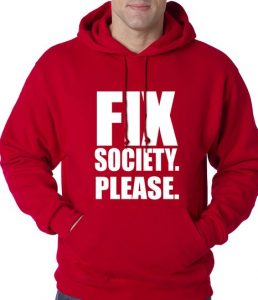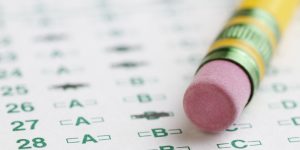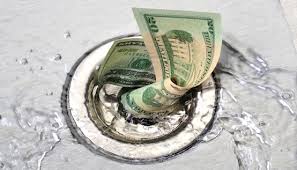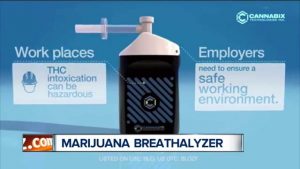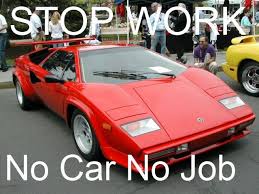Every 51 minutes, someone in the U.S. dies in an alcohol-related motor vehicle accident. Everyone—DUI defendants included!—agrees that we need to “do something” to dramatically reduce this number, but there’s no agreement on what that solution should be. Traditionally, our system has been heavy on the sticks, light on the carrots. We punish DUI drivers tremendously—by stripping them of driving privileges, fining them, sending them to jail, hiking their insurance rates, and beyond. How well is this “heavy on the punitive” system working? Well, take a look at the first sentence in this paragraph—one death every 51 minutes. If we want to do better—and we can—we need to look beyond the punitive and consider other ways to shore up our system, deter unwanted behavior, reward compliant behavior and solve the (challenging and often deeply psychologically rooted) issues that encourage unfortunate behavior behind the wheel.
In a previous post, we looked at the current and future technologies that could address DUI deterrence. Now we’ll consider some of the other proposed solutions.
Lowering the BAC limit?

 Los Angeles DUI Attorney Blog
Los Angeles DUI Attorney Blog




